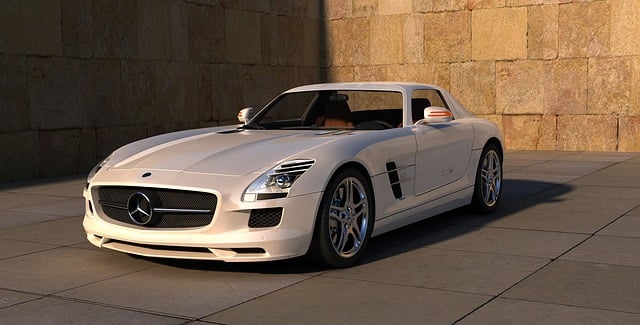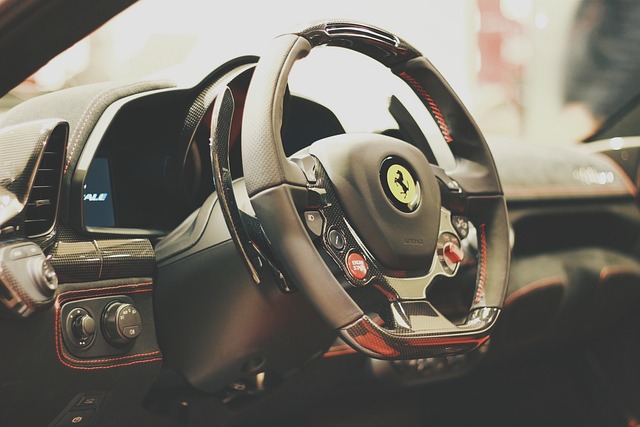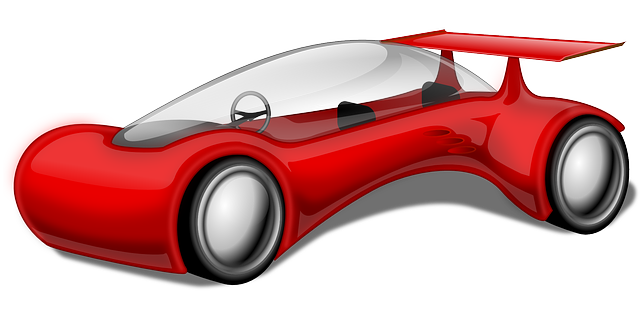Dubai introduces a revolutionary jet-powered transport system featuring high-speed jet cars, aiming to transform urban mobility with unprecedented efficiency and speed. This cutting-edge concept leverages advanced technology, materials, and safety measures while prioritizing sustainability and public trust through strict regulatory compliance. With speeds exceeding 500 mph, these jet cars could reshape daily commutes in Dubai, alleviating traffic congestion and setting new standards for futuristic transportation globally.
Dubai, renowned for its visionary futurism, is set to revolutionize urban mobility with the unveiling of its jet-powered transport system. This cutting-edge innovation promises speeds unparalleled in modern transportation. The article delves into Dubai’s ambitious vision, exploring the groundbreaking design and technology behind these jet cars. We’ll navigate the safety regulations that ensure a secure future, and discuss the potential impact on sustainability. Uncover how jet car innovations could transform daily commuting in this desert metropolis.
- Unveiling Dubai's Vision: The Jet-Powered Transport Revolution
- Design and Technology: A Glimpse into the Future of Mobility
- Safety and Regulation: Navigating the Skies with Cutting-Edge Jet Cars
- Impact and Sustainability: How Jet Car Innovations Can Transform Urban Commuting
Unveiling Dubai's Vision: The Jet-Powered Transport Revolution

Dubai, known for its innovative and futuristic vision, has unveiled a remarkable concept that promises to revolutionize transportation – the jet-powered transport system. This cutting-edge idea represents the city’s commitment to staying at the forefront of technological advancements, offering residents and visitors an unprecedented speed experience with jet cars. The project is a testament to Dubai’s relentless pursuit of creating a vibrant, bustling metropolis where technology enhances everyday life.
The concept behind this jet-powered transport system is to provide a swift and efficient way to navigate the city, reducing travel time significantly. By harnessing jet engine technology, these vehicles aim to offer an unparalleled speed experience while ensuring safety and sustainability. With Dubai’s reputation for out-of-the-box thinking, this revolution in personal transportation is set to capture global attention, solidifying its position as a game-changer in the realm of modern mobility.
Design and Technology: A Glimpse into the Future of Mobility

In Dubai, the future of mobility takes center stage with the introduction of a jet-powered transport system that promises to redefine speed and efficiency. This innovative concept combines cutting-edge design and technology, offering a glimpse into what urban transportation might look like in coming years. The jet car in Dubai is more than just a futuristic marvel; it represents a significant leap forward in terms of engineering, safety, and sustainability.
The sleek and aerodynamic design of the jet car reflects the latest trends in automotive technology, featuring advanced materials and smart engineering solutions. Under the hood (or in this case, beneath the sleek exterior), powerful jet engines provide unparalleled acceleration, enabling passengers to experience speeds that were once thought impossible for road vehicles. As a result, commuting in Dubai is set to become an exhilarating journey, reducing travel times significantly without compromising comfort or safety.
Safety and Regulation: Navigating the Skies with Cutting-Edge Jet Cars

The introduction of jet-powered transport in Dubai, such as cutting-edge jet cars, brings an exciting new dimension to urban mobility. However, ensuring safety and regulatory compliance is paramount for navigating these futuristic skies. The United Arab Emirates (UAE) has established a robust aviation framework to govern the operation of advanced aerial vehicles, including jet cars. Stricty regulations focus on maintaining public safety, minimizing environmental impact, and promoting sustainable practices in the aerospace sector.
Dubai’s Civil Aviation Authority (DCAA) plays a vital role in overseeing airworthiness standards, flight operations, and safety protocols for all airborne vehicles. These measures ensure that jet cars adhere to rigorous testing, maintenance, and performance criteria before they are approved for public use. By prioritizing safety through stringent regulations, Dubai not only attracts innovation but also fosters public trust in the new era of high-speed jet car transportation.
Impact and Sustainability: How Jet Car Innovations Can Transform Urban Commuting

The introduction of jet-powered transport, such as the innovative jet cars being developed in Dubai, promises to revolutionize urban commuting. These cutting-edge vehicles offer an unprecedented combination of speed and efficiency, reducing travel times significantly. With the potential to reach speeds exceeding 500 mph, jet cars could transform daily commutes into swift, direct journeys, eliminating traffic congestion and minimizing delays.
Sustainability is another crucial aspect where jet car innovations can make a mark. While jet engines inherently consume fuel, advancements in technology are geared towards making these vehicles more environmentally friendly. Lightweight materials, improved engine efficiency, and hybrid propulsion systems are being explored to reduce carbon emissions and contribute to greener urban mobility. As Dubai leads the way with its futuristic transportation projects, the world could witness a shift towards faster, more sustainable commuting options, setting new standards for urban connectivity.
Dubai’s vision of a jet-powered transport future is not just a dream but an exciting reality, as demonstrated by its innovative jet car projects. By combining cutting-edge technology and a forward-thinking approach, these vehicles promise to revolutionize urban commuting, offering unprecedented speed and efficiency. As safety measures and regulations keep pace with this technological marvel, the jet car in Dubai could very well become the cornerstone of sustainable mobility, reshaping our skylines and transportation networks for years to come.
